On the morning of November 20, 1951, a field of glistening American sedans and European sports cars roared out of the damp jungle air at Tuxtla Gutiérrez, Chiapas. Sunlight glinted off fenders and cactus-strewn hillsides as engines screamed into life. Crowds of amazed villagers watched as competitors, ranging from American NASCAR racers to Grand Prix legends, set off on a nearly 2,200-mile border-to-border endurance rally, known as the La Carrera Panamericana. Among them was Car #48: a steel-bodied, 1951 Packard 200 Club Sedan. Behind the wheel sat Jean Trévoux, a wiry Frenchman known for four Monte Carlo Rally victories. With co-driver Marcel Lesurque beside him, Trévoux embodied the daring spirit of the event, a blend of postwar adventure and raw horsepower that would come to define Mexico’s great road race.

Postwar Mexico and the Birth of La Carrera Panamericana
In the late 1940s, Mexico was eager to showcase its modernization. Under President Miguel Alemán, the 2,178-mile Mexican stretch of the new Pan-American Highway was completed in 1950. To celebrate, the government organized La Carrera Panamericana, a grueling five-day, multi-stage road race from Ciudad Juárez on the U.S. border to Ciudad Cuauhtémoc near Guatemala. The race became an instant magnet for racers: the 1950 field included over 132 entrants from around the world, including Indy drivers, NASCAR stock car drivers, European sports car teams, and nine women racers, effectively making it “a global festival of motorsport.” In Mexico, the Pan-Am was sold as a tourist magnet and symbol of progress, backed by President Alemán himself to boost investment and tourism.
By 1951, the event had already earned a fearsome reputation. Organizers flipped the route to run south to north, finishing back at the U.S. border in Ciudad Juárez, and moved the dates to November to avoid summer rains. This meant drivers would blast through mountains and jungles, five days of gruelling heat, wild conditions, and hairpin turns. While the race was considered by many to be too dangerous, it drew the best road racers on the planet. Piero Taruffi, Bill Sterling, Felice Bonetto, and future stars like Stirling Moss jostled at the start line, determined to survive one of “the most dangerous races of any type” in the world.
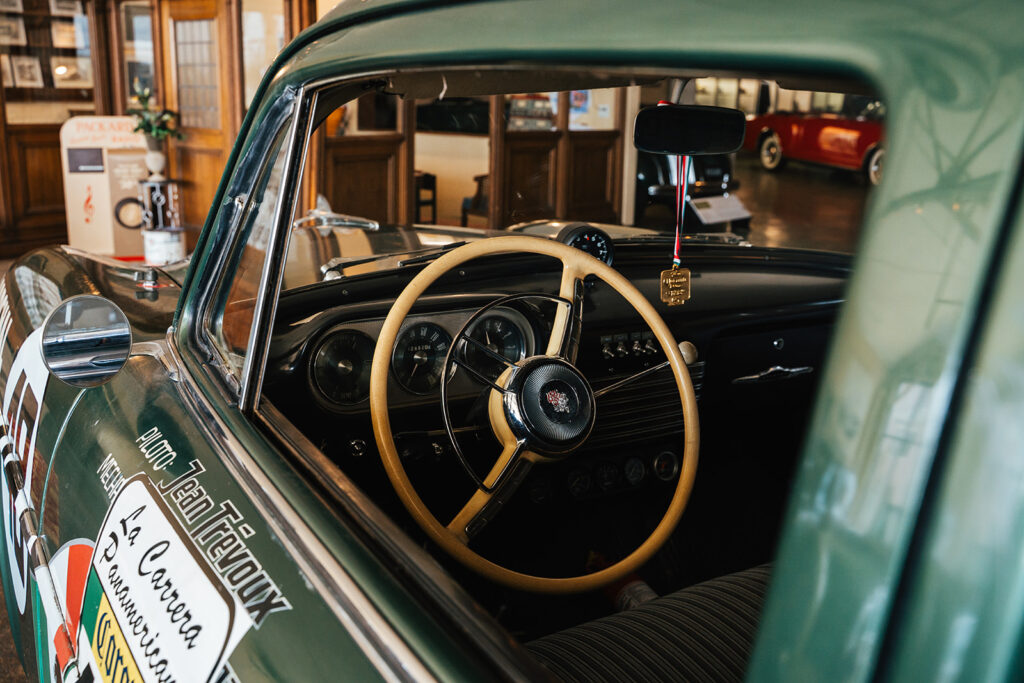
Jean Trévoux: French Champion Turned Mexican Maverick
Jean Trévoux was no ordinary entrant. A former Hotchkiss test engineer turned racing legend, he had already driven a Bentley at Le Mans in 1932 and won the Monte Carlo Rally four times by 1951. In 1949, he had even claimed a postwar Monte-Carlo in a Delahaye. After World War II, he settled in Mexico City, marrying a local woman and opening a café called La Cucaracha. By 1951, Trévoux had become well integrated in Mexico to the extent that La Cucaracha would soon sponsor his racing team. Yet he remained a true racer’s racer, and the Panamericana’s open roads beckoned him like a second home. As he later admitted, the Paris-born veteran respected the Packard’s combination of power and solidity on rough roads, as well as its “speed and ruggedness” that would reward daring. He even sent a Packard to Italy in 1952 to be bodied with lightweight aluminum panels. In short, Trévoux came to Mexico with an engineer’s mind, a champion’s heart, and a restaurant owner’s local ties, the perfect mix for a Panamerican road warrior.

The Packard 200 Club Sedan: Power, Steel, and Patrician Pride
The car Trévoux drove in 1951 was fundamentally a stock production sedan, but with a warrior’s heart. It was a Packard 200 “Club Sedan.” Packard’s base model four-door sedan on the shorter wheelbase. Under the hood sat Packard’s big 327-cubic-inch straight-eight “Thunderbolt” engine. This was the same durable overhead-valve eight used in the upscale 250/300 series, rated around 180 hp (150–165 hp in stock tune) at 4,000 rpm. Power was routed through a sturdy 3-speed manual gearbox (a heavy-duty automatic was also available in 1951) to a live rear axle. Overall, the sedan was large and heavy; the Stock Packard Club Sedan weighed roughly 3,650 lb. Its ride was cushy but firm, with beam axles and coil springs built more for comfort than for carving hairpin turns.
Yet, even in its original form, it had virtues: a torquey, long-stroke engine, massive brakes, and a strong ladder frame. Importantly, Trévoux’s crew tuned the engine aggressively. As period photos later showed, the Packard’s straight-eight was fitted with a performance camshaft and four side-draft Stromberg carburetors (fed by a fresh-air intake box). The ignition was even rigged with dual coils (the spare coil strapped alongside the engine served as an emergency backup). Although no dynamometer figures survive, period Packard 327 engines produced roughly 140–180 hp stock, and with tuning and race fuel, the race engine likely generated more power. In practice, the big eight pulled the car strongly; its torque was well-suited for the Pan-Am’s long climbs and highway runs.
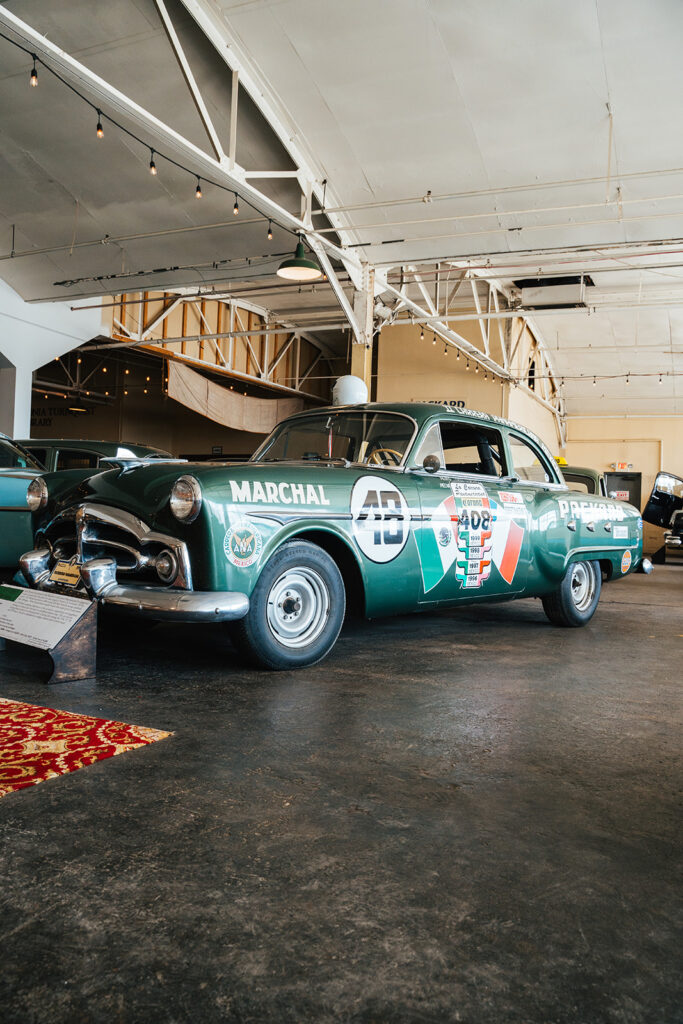
Key specifications (1951 Packard 200 “Club Sedan” La Carrera):
- Engine: 327 cu. in. (5,360 cc) inline-8 (overhead valve, five main bearings) Tuned with uprated camshaft and four Stromberg carburetors. Stock power ~180 hp@4000 rpm.
- Transmission: 3-speed manual (column shifter).
- Chassis/Body: Steel 4-door sedan body on a 122″ wheelbase. Unibody style with heavy frame. Stock curb weight ~3,650 lb.
- Suspension: Solid beam axles front and rear with coil springs; torsion bar anti-roll bars. Built for durability.
- Brakes: Hydraulic drums all around, large diameter for such a heavy car.
- Racing modifications Include Engine breathing (4-carburetor intake), stiffer suspension tuning, a lightened interior (with seats and trim removed), a roll bar and racing seats (added for safety), and competition gauges.
Trévoux later noted that even this base-model Packard proved “fast and rugged” on the La Carrera. The car’s advantages were clear: a burly chassis that rarely broke, enormous low-end torque, and a plush ride that helped keep crews relatively fresh. Compared to lightweight European sports cars, the Packard was slower to turn, but its brute strength was ideal for the Pan-American’s long straights and steep grades. Trévoux would even remark after the 1952 race that the Packard’s performance so impressed him that “with a lighter body,” it might have outrun many rivals.
“Rocco-Motto” Packard (circa 1953). In the years following 1951, Trévoux sent a Packard to Carrozzeria Rocco Motto in Italy, which built this aluminum-bodied, low-slung coupe on the Packard chassis. The custom body is far slimmer than the stock sedan – hundreds of pounds lighter – emphasizing how they strove to make the heavy American sedan competitive on Mexican mountain roads.
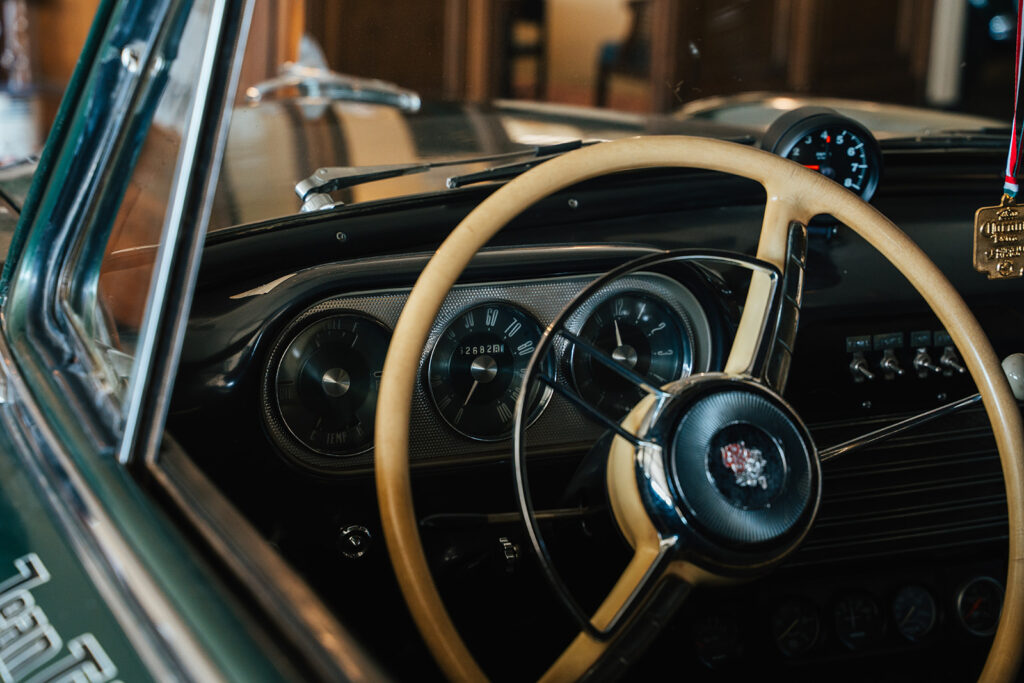
Into the Gauntlet: The 1951 La Carrera Unfolds
When the 1951 La Carrera Panamericana began, it was only the second running of the event, but the legends of its danger were already growing. The southern-start route meant Trévoux and his co-driver, Lesurque, would climb out of the humid Chiapas jungle and battle through the dry highlands of Oaxaca, Puebla, and beyond, ultimately finishing at the Ciudad Juárez border. From the gun, the average speeds were blistering: on Stage 1 (Tuxtla → Oaxaca, ~300 miles), Trévoux blasted through the twisty mountain roads at a staggering 78.54 mph average, winning that leg outright in the big Packard and thrilling Mexican spectators. Sitting in the press car, one photographer later recalled, “the Packard looked like it was sliding yet barely slowing – Trévoux really had it worked out on the turns.”
The terrain of the La Carrera Panamericana was unforgiving. Hidden ravines and sheer cliffs lined the roads. On the very first day, tragedy struck, underscoring how deadly the race had become. Veteran Mexican racer José Estrada, confidently declaring, “I will win, or die trying,” lost control of his 1951 Packard in Chiapas. His car left the road and plunged 630 feet into a canyon; Estrada and his co-driver, Miguel González were killed instantly. The next day brought another sorrow: Italian aviator-entrepreneur Carlos Panini (co-driving a 1949 Alfa) also crashed fatally on the Puebla leg. By November 22, the headlines warned that the Carreras’ daredevilry bordered on criminal, yet the show went on.
Trévoux pressed on through Oaxaca’s mountains, into Puebla’s sweeping passes, and onward to Mexico City and beyond. The Packard ate up miles with smooth confidence. In hot plains, it cruised serenely; in the hills, the straight-eight’s torque pulled it up steep grades where lightweight sports cars sometimes struggled. Allied with an iron constitution, Trévoux drove almost without mishap. By the final leg to Juárez, he had climbed into the top five contenders of the La Carrera. Ultimately, Trévoux/Lesurque finished 5th overall in the 1951 race, with a total time of 22 h 22 m 17 s. For context, Italy’s Taruffi (in a Ferrari) won in about 21 h 57 m, so the Packard was only roughly 24 minutes behind, an impressive result in a crowd of purpose-built racers. Some 35 cars finished the Marathon out of 91 starters, and the heavy Packard’s high-placed arrival earned admiration. Trévoux and his passenger stepped out onto the Juárez podium to cheers, five days of endurance achieved by man and machine.

Postwar vs. Revival: La Carrera Panamericana Then and Now
After 1954, safety concerns ended the original La Carrera Panamericana. It would lie dormant for over three decades. Finally, in 1988, true enthusiasts, led by former driver Eduardo León Camargo, revived the Panamericana as a historic stage rally. However, the new La Carrera was far more controlled than the open-road sprint of the 1950s. By the 1990s, the race ran over timed special stages on closed roads (mountain highways and rallies), alternating with transit sections (a Time-Speed-Distance rally format). Competitors had to punch through villages and forests at speed, but now within safety corridors. Stringent regulations mandated roll cages, fire suits, modern helmets, and F1-level equipment. The result was a staged endurance rally that celebrated the old route (often Veracruz to Durango) but with far fewer tragedies. In 2025, the La Carrera continues to run as a closed-course rally week, with approximately 100 cars participating per year (the original event had over 90 vehicles per edition).
It was into the modern La Carrera Panamericana that Trévoux’s 1951 Packard made its comeback. In 1995, former team member Pablo Merrigan retrieved and rebuilt the old sedan, restoring it to its period specifications. By 1996, the car, with “La Cucaracha” livery, was back on the Pan-American Highway. In the 1996–99 events, Bob Signom (founder of America’s Packard Museum) piloted it under the “Original PanAm” class for unmodified 1950s sedans. Remarkably, the old workhorse proved competitive: it finished 2nd in class one year and 3rd another. Against vintage Ferraris, Mercedes 300SLs, and old-time Pontiacs, the 1951 Packard held its own – a testament to its rugged design. This modern Carrera even featured grand parties (Pink Floyd once played in the 90s), but for purists, it was the blend of authentic history and tight competition that mattered. Even though today’s stages are timed to minutes rather than raw survival, drivers still praise the Carrera’s “blood, sweat, and tears” heritage.
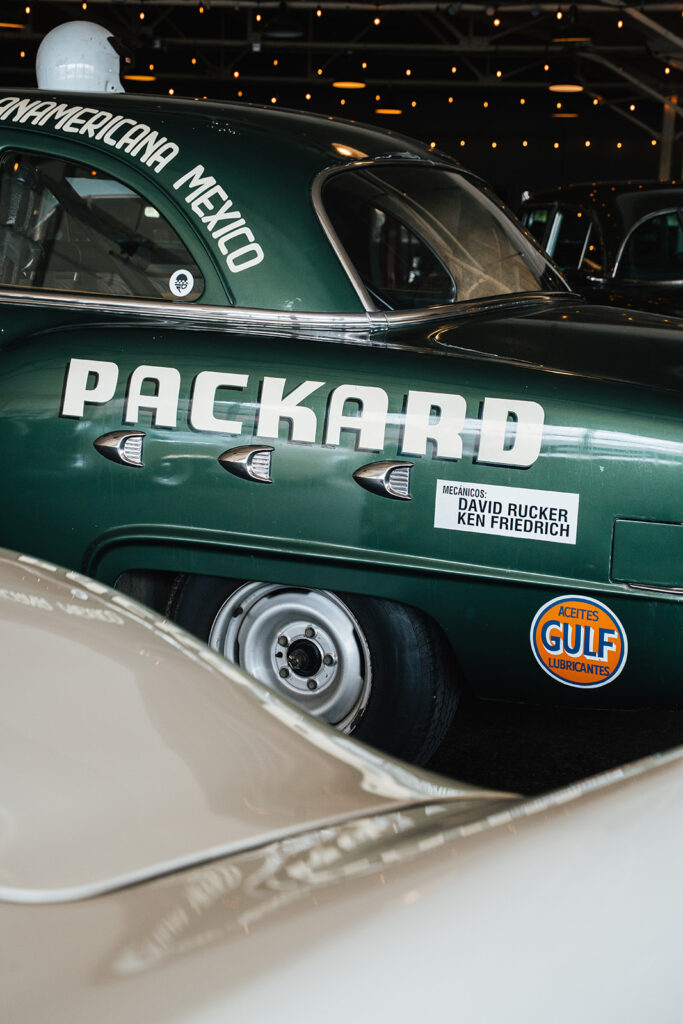
By 2000, the little Packard had run its last La Carrera Panamericana rally. It was donated to the Packard Museum of Dayton, Ohio, by collector Dr. Donald Turner and now resides there as a museum piece. Visitors can admire the original gauges and racing switches, imagining what it felt like to hurtle through midnight across Mexico’s mountains. Among a sea of other Packards, the racer stands as a bridge between eras, from the wild pioneer days of postwar racing to today’s careful historic rallies. It embodies the spirit of the Carrera Panamericana: “blood, sweat, and tears’ under Mexican skies.
Above all, the story of the 1951 Packard 200 Club Sedan and Jean Trévoux is one of daring and endurance. It is the tale of a forgotten sedan that touched greatness, one of many machines and men who shaped an automotive legend. Whether roaring down unpaved roads in 1951 or climbing an Alp-like pass in the ’90s revival, the Packard proved its mettle. Today, it is a trophy not for speed, but for history, a chrome-plated reminder of the brave souls who once risked everything on Mexico’s open highway.

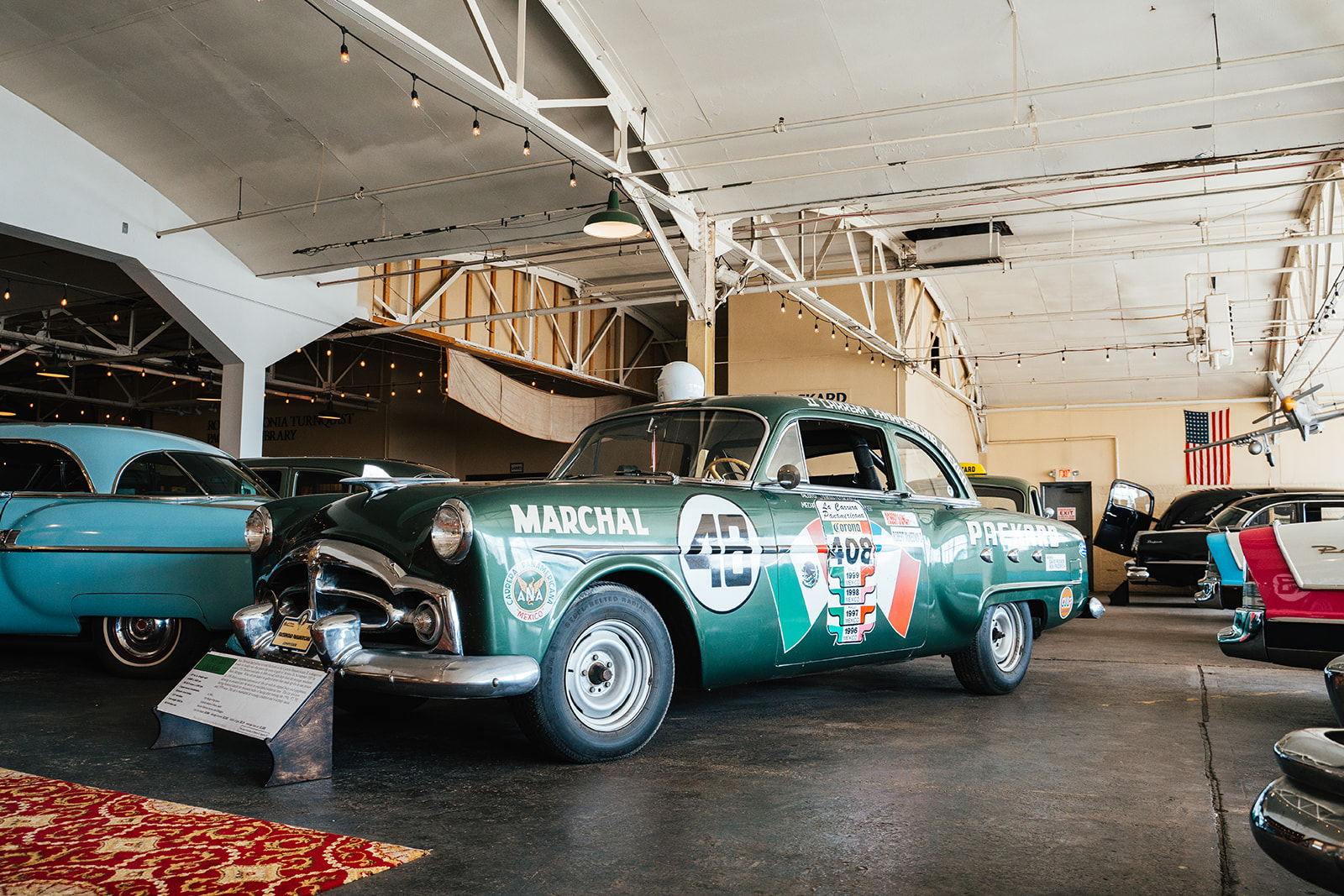

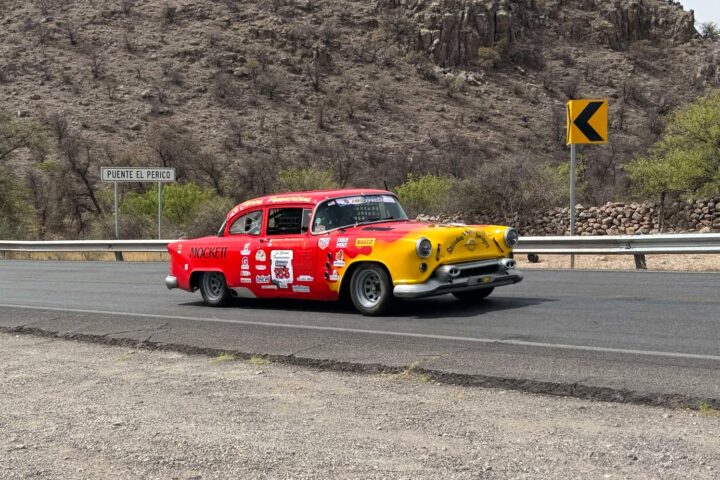
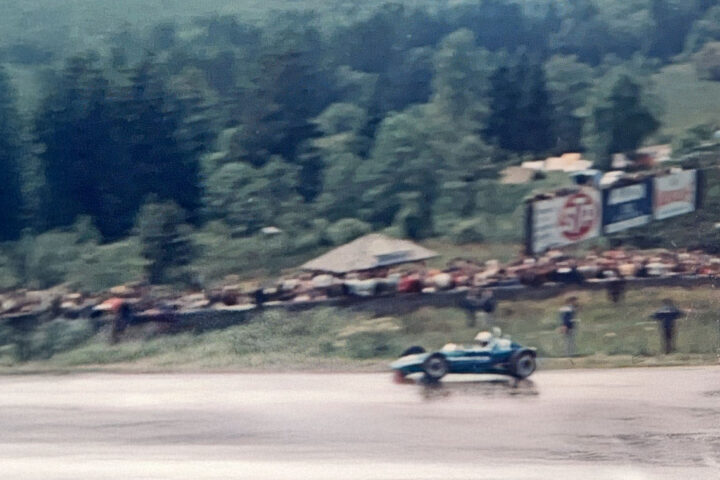








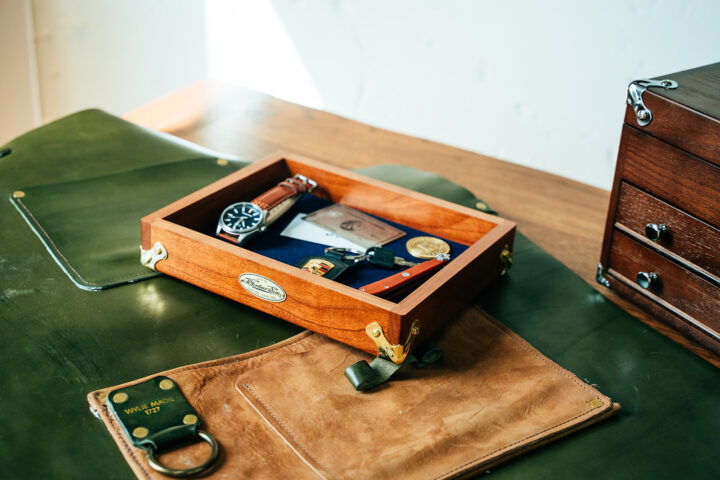
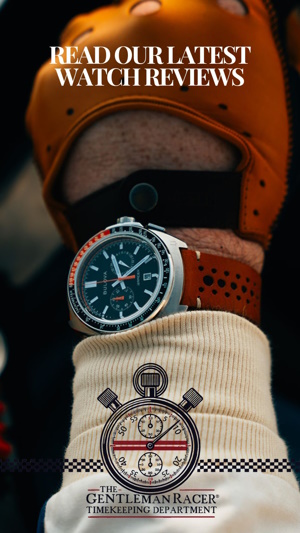


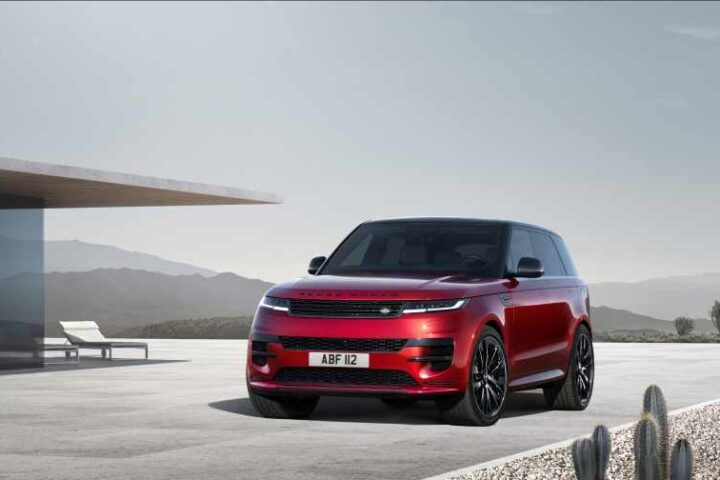
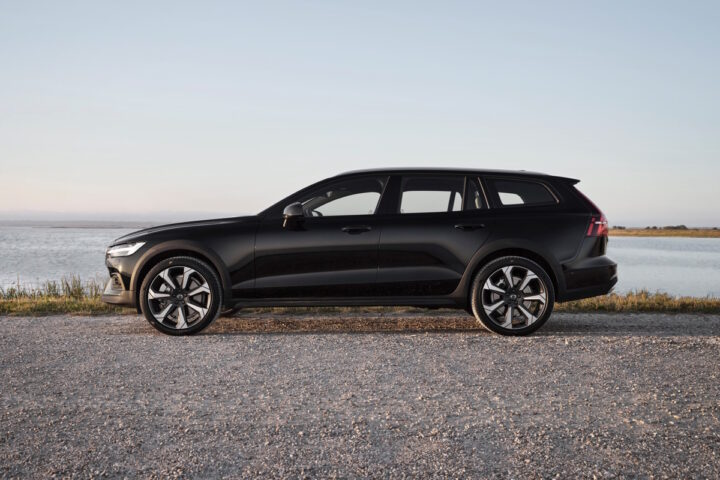


This is a great piece of writing in its own right totally apart from the auto lover’s admiration. Well done !
Please keep doing history stories, no one else does. Thanks for sharing.
It’s a shame you don’t have a donate button! I’d most certainly donate to this outstanding site! I suppose for now i’ll settle for book-marking and adding your RSS feed to my Google account. I look forward to fresh updates and will share this site with my Facebook group. Chat soon!